Location remains a key determinant of value in India’s commercial real estate market. From metro connectivity and high-street retail to mixed-use hubs and micro-markets, businesses and developers are shifting their focus to proximity, access, and ecosystem-driven planning to maximise rental yields, foot traffic, and long-term growth.
In India’s rapidly evolving commercial real estate market, one rule remains steadfast—location is everything. Despite advancements in design, sustainability, and tech-enabled workspaces, the geographical setting of a property remains the single most critical factor in determining its value and long-term performance.
Transport infrastructure, especially metro access, plays a decisive role. According to a 2023 Knight Frank report, offices located within 500–800 meters of metro stations typically enjoy rental yields 10–20% higher than those located farther away. Visibility, accessibility, and connectivity continue to influence not just property prices but also business performance and employee convenience.
Major Indian cities, such as Gurugram, Bengaluru, and Pune, are now evolving into new-age commercial hubs. But they’re not just sprouting glass towers—they’re embracing eco-conscious development, green-certified buildings, and urban planning that integrates sustainability with smart infrastructure. As a result, these cities are becoming magnets for businesses that prioritise both operational efficiency and environmental responsibility.
Meanwhile, the rise of commercial micro-markets is redefining where businesses choose to operate. Central Business Districts (CBDs) are no longer the sole epicentres of commercial activity. Companies are turning to self-sufficient hubs that offer access to talent, urban housing, and modern transit—all in one ecosystem. This decentralisation is helping cities expand economically while relieving pressure on traditional commercial cores.
The demand isn’t just for corporate headquarters or tech parks. High-street retail and mixed-use zones are becoming critical to urban life. In densely populated residential areas, structured commercial spaces are scarce. Yet these zones—hosting retail, food, healthcare, and essential services—serve as lifestyle anchors. They fill the gap between where people live and where they shop, eat, or access daily services.
“Gone are the days when commercial real estate was just about office floors,” says one industry veteran. Today’s tenants range from cloud kitchens and fintech branches to diagnostic labs and education startups—all seeking spaces that put them close to their end users. This neighbourhood-first model offers developers longer lease cycles and reliable returns while improving community convenience.
As India’s cities stretch both vertically and horizontally, the future lies in micro-business ecosystems built around residential clusters. Co-working cafés, salons, pharmacies, and bakeries embedded within or near housing societies are no longer optional—they’re essential. These setups foster local employment, boost real estate value, and drive foot traffic, all while building self-sustaining neighbourhoods.
In the evolving office and retail landscape, success is no longer about being the tallest tower—it’s about being in the right place at the right time, with the right community around you. For developers, investors, and tenants alike, the message is clear: location still rules, but with new expectations.

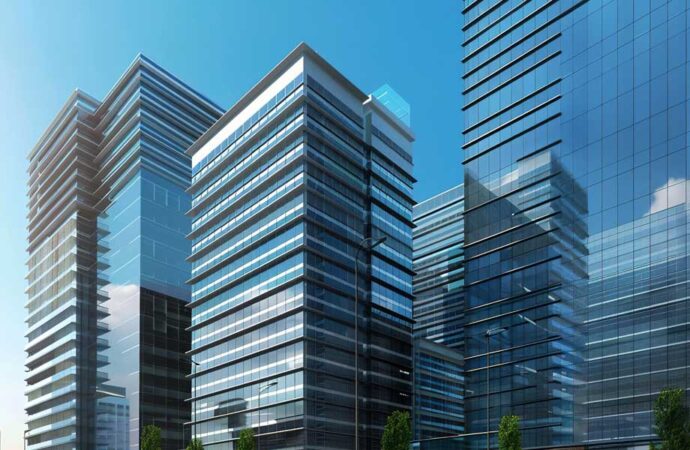
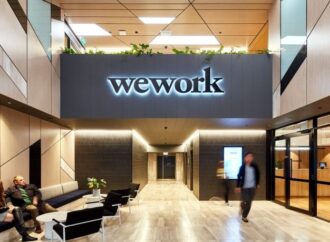


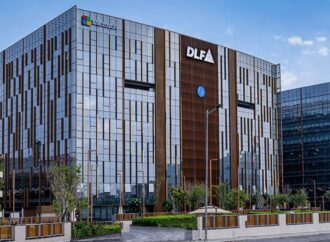
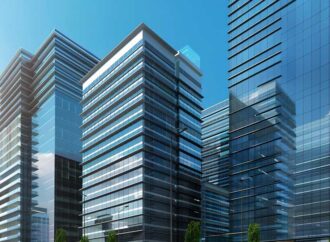
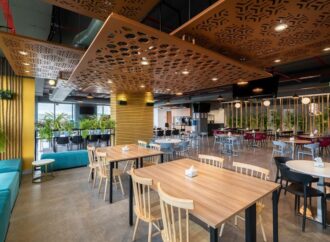











Leave a Comment
You must be logged in to post a comment.